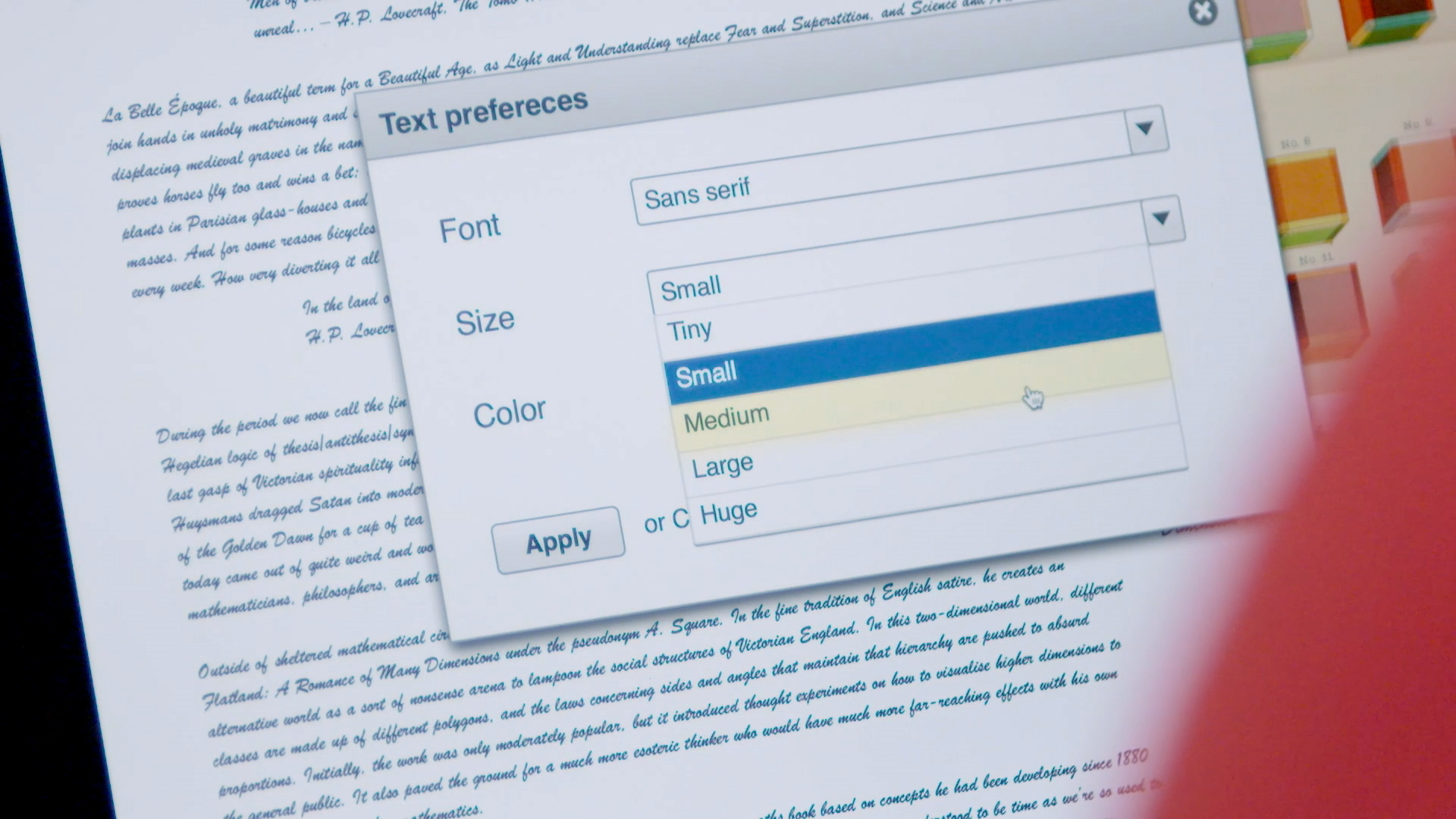Video: Web Accessibility Standards and Benefits

The W3C Web Accessibility Initiative (WAI) published a four-minute video introducing web accessibility, standards, and benefits:

Watch “Web Accessibility” (4:07)
This video was published on December 3rd, the International Day of Persons with Disabilities. It is part of an accessibility project the Internet Society (ISOC) is working on to realize their vision: “The Internet is for Everyone”.
The Web is an essential part of the Internet and of many peoples' lives. For people with disabilities, the Web provides an unprecedented opportunity for equal access to education, employment, social and civic participation, and many other aspects of society.
Yet the Web still contains many barriers for people with disabilities. For example, websites and applications that require use of a mouse do not work for people who cannot use them, and rely on support using the keyboard. This impacts people with physical disabilities who cannot move a mouse, and people with visual disabilities who cannot see the mouse pointer on the screen.
Ensuring accessibility of the Web is essential for many people with different types of auditory, cognitive and neurological, physical, speech, and visual disabilities. It also benefits many more people and different situations. For example, captions make videos usable in loud and quiet environments, and including them in transcripts improves indexing by search engines too.
Web accessibility is core part of W3C, to help ensure universality of the Web for everyone. Standards from W3C, such as HTML, are reviewed to ensure support for accessibility features. For example, mechanisms to provide text alternatives for images, labels for forms, and headings are such features. They allow better access for people with disabilities and improve the quality overall.
W3C also provides guidelines that are internationally recognized by governments and businesses as the standard for web accessibility. These include:
- Web Content Accessibility Guidelines (WCAG) defines accessibility requirements for web content, including text, graphics, forms, sound, video and other functionality.
- Authoring Tool Accessibility Guidelines (ATAG) defines accessibility requirements for authoring tools, including content management systems, wikis, code editors, and other tools.
- User Agent Accessibility Guidelines (UAAG) defines accessibility requirements for user agents, including web browsers, media players, and mobile applications that render web content.
W3C also provides educational and awareness raising materials, to support the uptake and implementation of web accessibility.
Most countries around the world have ratified the UN Convention on the Rights of Persons with Disabilities (CRPD). This recognizes access to information, including the Web, as a human right. Many countries have developed standards, regulations, and policies adopting WCAG 2.0 as a means to ensuring accessibility to information. This includes EN 301 549 in Europe, Section 508 in the U.S., JIS X 8341-3 in Japan, and similar uptake of WCAG 2.0 by many governments. Yet regardless of any laws and policies, implementing web accessibility is essential for people with disabilities and useful for all.
For more information, see:
- Accessibility - W3C — an overview of the Why, What, and How of web accessibility.
- Web Accessibility Perspectives Videos: Explore the Impact and Benefits for Everyone — videos and information on specific accessibility topics.
- WAI website — to find a wide range of resources on different aspects of web accessibility standards, education, testing/evaluation, project management, and policy.
About this video: This video was largely created using the Web Accessibility Perspectives Videos, which were developed by the W3C Education and Outreach Working Group (EOWG) with support of the European Commission (EC) co-funded WAI-DEV Project. Many thanks to Ulrich Grimm av-design, Shawn Lawton Henry, Coralie Mercier, Eric Eggert, Judy Brewer, and the W3C Offices.
Comments (0)
Comments for this post are closed.